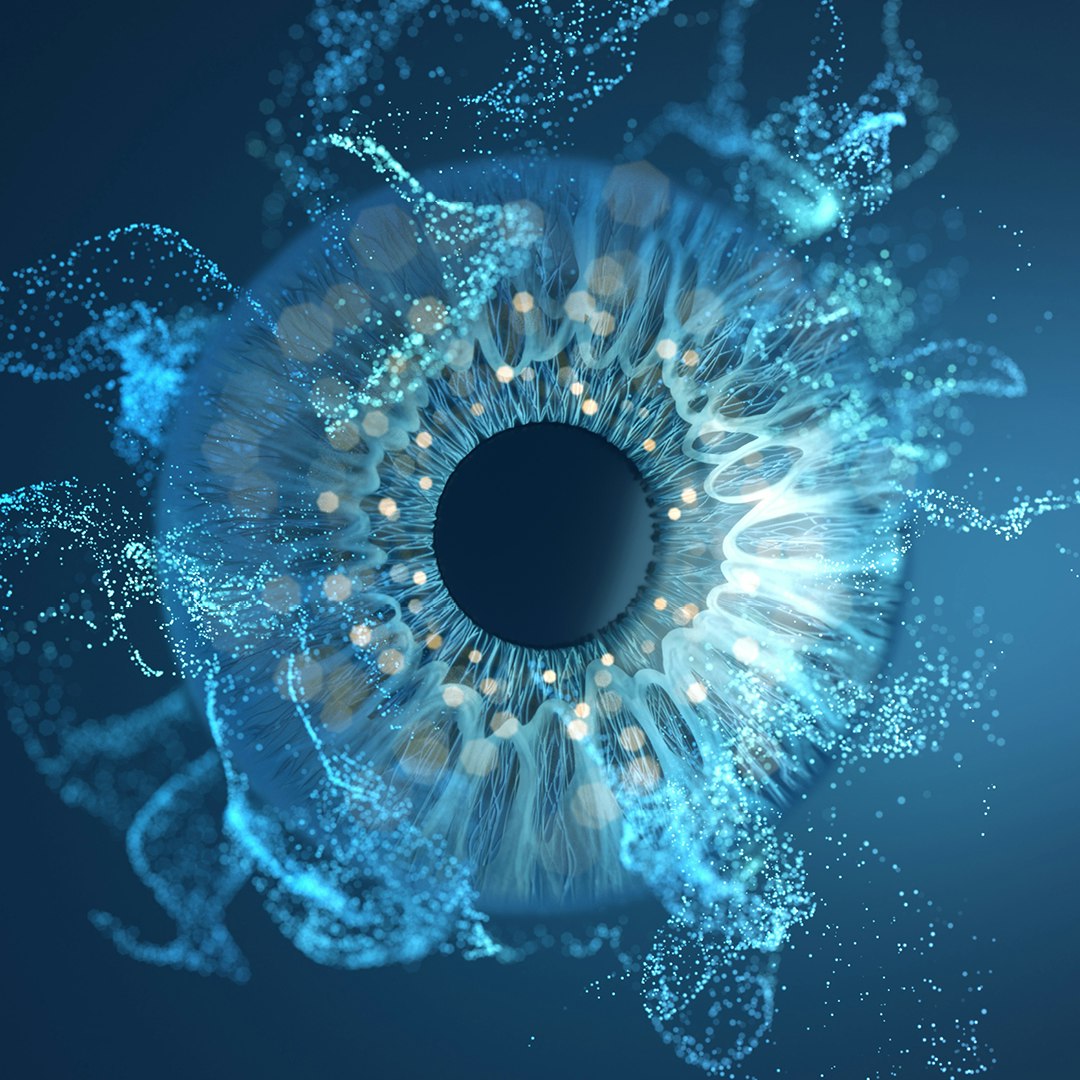
Food processors who package fresh produce for retail sale may want to plan for new equipment on their labeling lines.
According to the U.K. business publicationThe Grocer, last week the European Union approved the use of iron oxides and hydroxides when laser etching citrus fruit, melons and pomegranates with information such as PLU codes, QR codes and barcodes. The chemicals make the “fruit tattoos” more readable by enhancing the contrast between the lasered and non-lasered part of the fruit, but they previously had not been permitted under EU law. The new legislation is due to be effective June 23, 2013.
Direct laser labeling promises cost and environmental savings for retailers and suppliers, as it eliminates the need for the paper, ink and glue of traditional labels. “Suppliers also believe the change provides a huge marketing opportunity for retailers as the lasering could be used as a marketing tool to mark products with motifs during events such as Halloween and Valentine’s Day,” said The Grocer.
The main supplier in this case is Valencia, Spain-basedLaser Food, which began developing the technology in 2009 and has been lobbying for its approval by the EU.Eurofruit, an international marketing magazine for fresh produce buyers in Europe, reported in February that Laser Food’s Laser Mark technology “is rapidly generating interest from retailers and producers across Europe…. Initially available only in Spain, over the last 12 months the system has come into use in France, Italy and Poland.”
Eurofruit文章中,激光管理可怕的食物ctor Jaime Sanfelix said his company’s Laser Mark System offers a clear differentiation over laser labeling systems currently available because it “is not burning the surface of the fruit, but instead removing a microscopically small area of fruit skin that discolours rather than burns the product without touching or harming cells in the skin surface.”
Not surprisingly, Sanfelix called produce stickers “little more than a decoration, which consume a huge amount of resources and are thrown away by consumers, contributing nothing to the product.” Those are, no doubt, fighting words to the likes ofJB FoodTech,ProLabel Internationaland other makers of traditional produce-labeling machines, but how much a Valentine’s Day heart tattoo “contributes” to an apple remains to be determined.
The new EU ruling clearly paves the way for alternatives to fruit and vegetable stickers, so food processors and the labeling-machine builders who serve them now have more to think about.




















